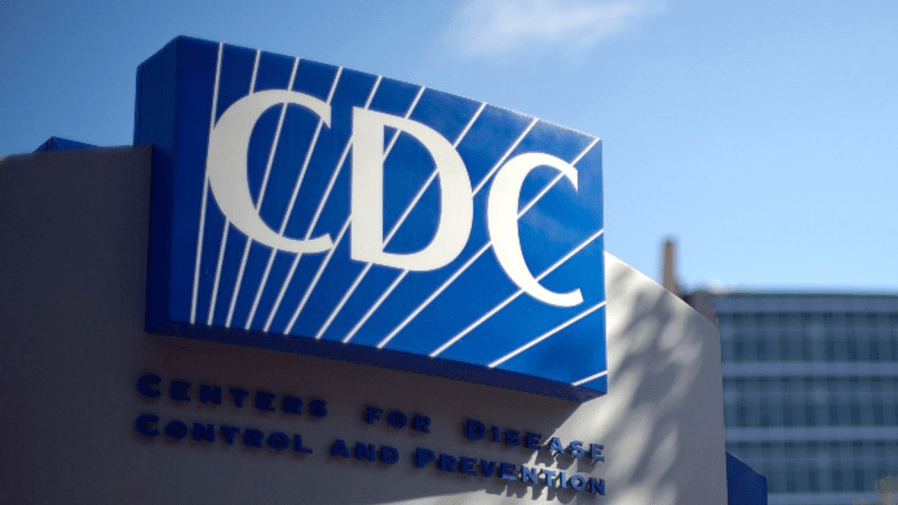Viral sicknesses have risen in early 2025 amid the ongoing “quad-demic” in the U.S., referring to three respiratory viruses and one gastrointestinal disease, according to the Centers for Disease Control and Prevention (CDC) data.
The number of people that have caught COVID-19, influenza or Respiratory syncytial virus (RSV), along with norovirus, has gone up, CDC said in the new Friday update.
Emergency department visits are “high” for those diagnosed with RSV and influenza nationally. Compared to the figures from the fall, visits due to contracting COVID-19 have been “elevated.”
Positive tests for influenza have jumped to 18.8 percent, according to CDC’s data, while positive tests for COVID-19 have kept at a “stable” pace at 6.6 percent.
Positive tests for RSV have dropped down to 8.9 percent.
“Nationally, wastewater viral activity levels for COVID-19 and influenza A are at high levels,” the CDC wrote in the update. “National RSV wastewater viral activity levels are moderate.”
“COVID predictions for the next two weeks suggest that emergency department visits will remain at a lower level compared to prior winter seasons,” the CDC said. “Influenza predictions suggest that emergency department visits will remain at a high to very high level for the next two weeks.”
Cases of norovirus have also ticked up, with the CDC reporting 91 outbreaks on the first of December. No vaccine is available to prevent individuals from getting the gastrointestinal illness.
The norovirus causes diarrhea and vomiting, according to the CDC.
“It is sometimes called the ‘stomach flu’ or the ‘stomach bug.’ However, norovirus illness is not related to the flu,” the CDC said. “The flu is caused by the influenza virus. Norovirus causes acute gastroenteritis, an inflammation of the stomach or intestines.”

